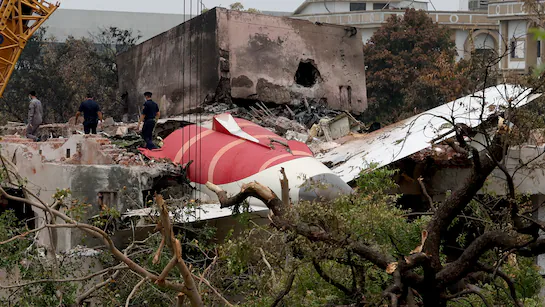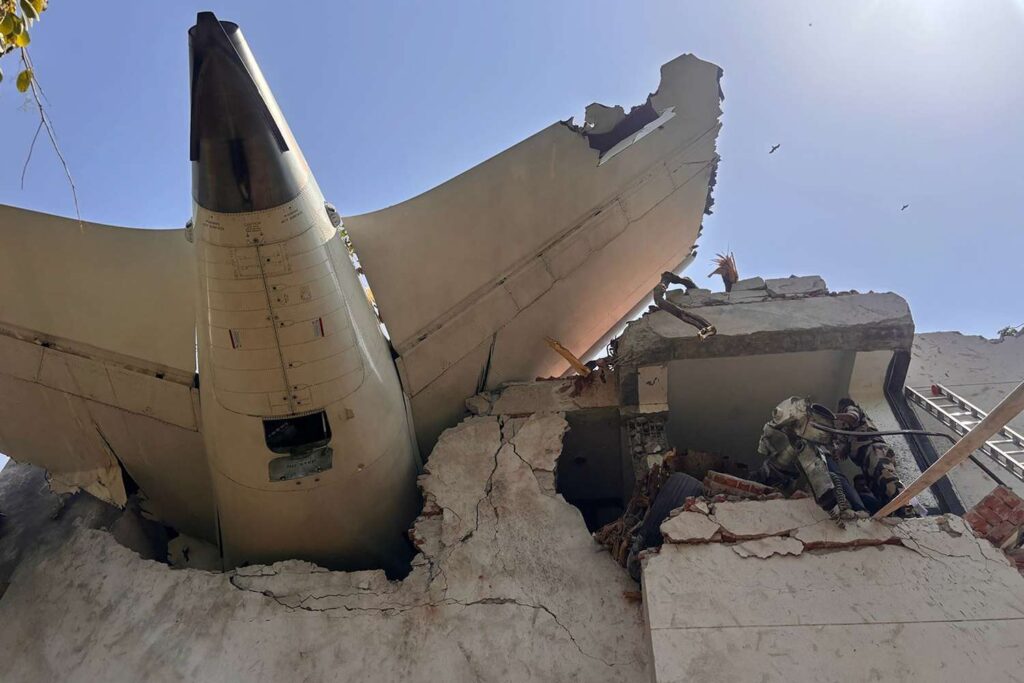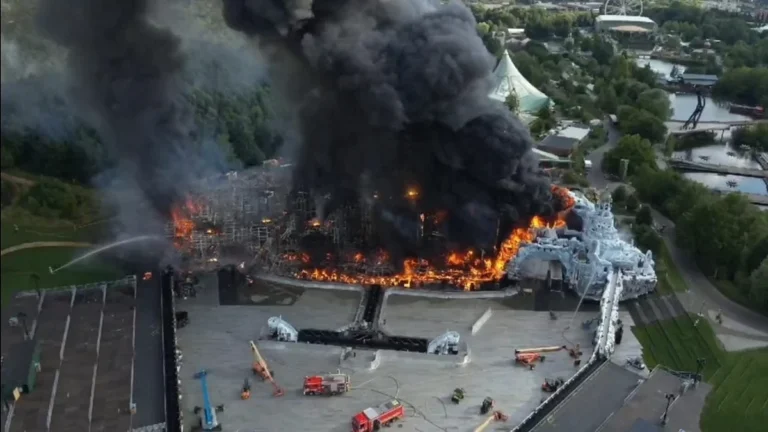
Air india plane crash report
On June 12, 2025, Air India Flight AI 171, a Boeing 787‑8 Dreamliner operating from Ahmedabad to London Gatwick, tragically crashed mere seconds after takeoff. A preliminary Air India plane crash report from India’s Aircraft Accident Investigation Bureau (AAIB) reveals that both engines lost thrust mid-air due to the simultaneous shutdown of their fuel control switches—an event that led to cockpit chaos and ultimately, disaster.
🔍 Sequence of Events
- Takeoff and sudden cutoff:
Flight AI 171 lifted off at approximately 08:08:39 UTC, rapidly climbing to about 180 knots. Just three seconds later, the black box data shows that fuel control switches for Engine 1 and Engine 2 shifted from RUN to CUTOFF within just one second of each other—instantly cutting fuel supply and causing thrust loss (The Economic Times, Moneycontrol, Business Today). - Cockpit confusion:
The cockpit voice recorder captured a critical exchange: “Why did you cut off?”
“I didn’t.”
Neither pilot admitted responsibility, raising urgent questions about whether this was deliberate, accidental, or due to system malfunction (India Today, Moneycontrol, The Financial Express). - Emergency actions:
Both pilots moved the switches back to RUN within seconds, and Engine 1 began recovering. However, Engine 2 failed to stabilize. Meanwhile, the Ram Air Turbine (RAT) deployed, providing emergency power but no thrust (www.ndtv.com). - Mayday and descent:
At 08:09:05 UTC, a Mayday call was issued. By 08:09:11 UTC, roughly 32 seconds after liftoff, the aircraft crashed into a hostel near Ahmedabad airport, killing all 260 onboard and 19 on the ground (India Today).
⚙️ Technical Details Under Review
- Fuel switch design:
These critical fuel control switches are intentionally gated and guarded to prevent accidental flipping; their near-simultaneous movement indicates deliberateness or a mechanical failure (The Indian Express, www.ndtv.com). - Regulatory context:
In 2018, the U.S. FAA issued a Special Airworthiness Information Bulletin warning of potential disengagement of fuel switch locking mechanisms on Boeing 737 aircraft. The Bulletin floated concerns due to design similarity with the 787‑8 switches. However, compliance was advisory—not mandatory—so Air India did not perform inspections (India Today). - Maintenance history:
Records show the throttle control module housing these switches was replaced in 2019 and 2023. Yet, no prior defects related to fuel shutoff switches had been reported on this aircraft (The Indian Express).
🗣️ Pilot Experience & Human Factors
Both pilots—Captain Sumeet Sabharwal (56) and First Officer Clive Kunder (32)—were medically fit, well-rested, and experienced on the 787 aircraft. They had no indications of distraction or impairment before takeoff (www.ndtv.com). Aviation experts remark that simultaneous switch activation is unlikely to be accidental, given their guarded design. However, neither pilot claimed to have moved them (The Financial Express).
🕵️♂️ Investigative Focus & Unanswered Questions
The AAIB’s primary focus now surrounds:
- Human intervention vs. mechanical fault:
Was the fuel cutoff triggered intentionally, inadvertently, or by a system malfunction? - Switch safety mechanism integrity:
Did the FAA’s 2018 warning materialize into a failure mechanism here, despite nondelivery of mandatory action? - Emergency procedures effectiveness:
Could engine failure have been mitigated right after fuel restoration? The RAT operated as intended, but its power was insufficient for thrust restoration given low altitude (Business Today, www.ndtv.com, Moneycontrol, India Today).
At this stage, no final attribution—whether pilot error, mechanical flaw, or a combination—has been confirmed. The AAIB report has not prompted official safety directives for Boeing or GE GEnx-1B operators, although the investigation continues with international support from the NTSB, Boeing, GE Aviation, and other aviation agencies (Moneycontrol).

🧭 Broader Implications
This Air India plane crash report highlights several critical areas:
- Safety system design robustness:
Even deliberately hardened business-critical switches must be verified periodically. A combination of design reassessment and enhanced pilot training on emergency protocols may be necessary. - Regulatory follow-ups:
The FAA advisory’s failure to trigger inspections in non-mandatory contexts raises concerns. Regulators worldwide may need to enforce urgent compliance for critical control switches. - Emergency preparedness:
The crew acted swiftly—restoring fuel flow and signaling distress—but the catastrophic onset left little margin for recovery. Altitude and timing nuances, combined with cockpit ambiguity, severely limited disaster control.
✅ Conclusion
The AAIB’s Air India plane crash report paints a stark picture of tragedy rooted in sudden fuel starvation caused by fuel control switch actions. As investigations proceed, final determinations—whether system flaws or human misstep—are being sought. Lessons from this calamity will surely influence aircraft design, regulatory frameworks, and pilot training worldwide. Additional findings and formal recommendations are expected in the forthcoming months.





